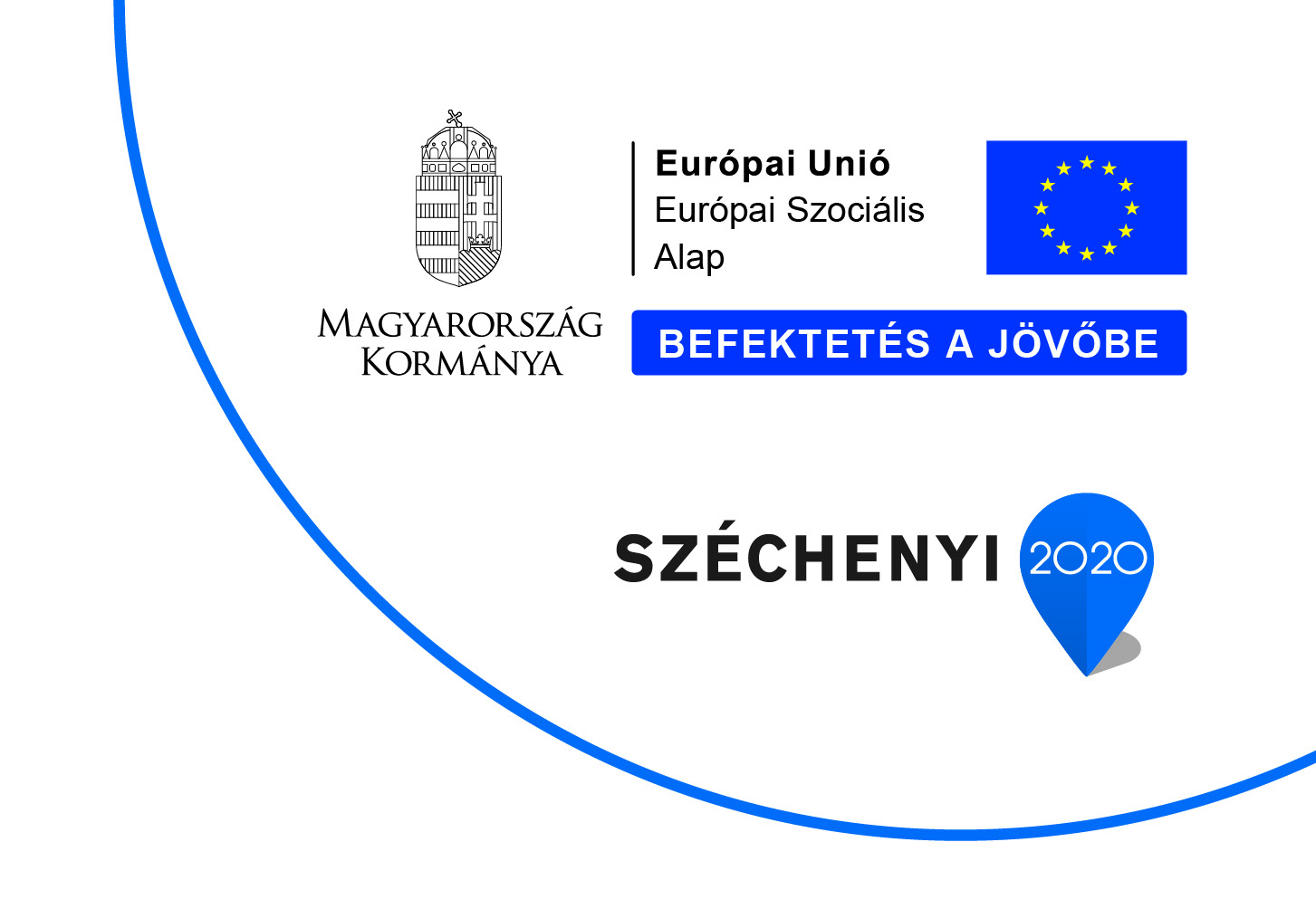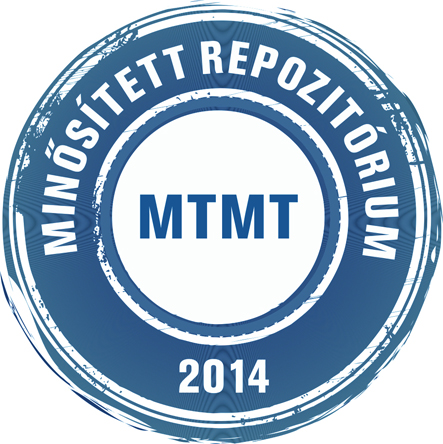Huseynov Ragif Tofig és Salik Abdul Walid (2018) Environmental sustainability of irrigated agriculture in dry areas: Case study Afghanistan, a review article. Prosperitas, 5 (4). pp. 72-79. ISSN 2064-759X
Előnézet |
Szöveg
Prosperitas_2018_4-_Huseynov.pdf - Megjelent verzió Download (228kB) | Előnézet |
Abstract
Worldwide irrigation enables crops productions in temporarily water stressed or permanently water-scarce environments including semi-arid areas (e.g. Afghanistan) and Mediterranean countries. Globally, more than 330 million hectares of land is under agricultural irrigation which accounts for the 20 percent of the total cultivated land, and contributes 40 percent of the total food produced in the world. In coming decades, due to the rapid growth of population, industrialization, urbanization, and climate changes, the demand for irrigation and multi-purpose usage of water will increase in the globe, particularly in arid and semi-arid areas such as Afghanistan. Because of supplying artificial fertilizers, irrigated lands and irrigation have critical impacts on environmental sustainability than rain-fed agriculture. Sustainable water resources and ecosystem quality require the best management of both surface and ground water resources. Afghanistan is a country located in central Asia, with total area of approximately 647,500 km2 and more than 30 million population. Agricultural development plays a key role in the economic development of Afghanistan. Generally, 12 percent of lands in Afghanistan is cultivatable and only 5 percent lands can be irrigated as agricultural land which produce about 80–85% of agricultural production. Irrigation is an important factor in agricultural development. The main challenges towards water resources are lack of quality meteorological data, mismanagement of irrigation, lack of irrigation infrastructure, lack of irrigation water conveyance systems and poor on-farm water management. Improvement of on-farm water management, introducing appropriate water conservation techniques/technologies, capacity building, communities’ awareness about efficient use of water and the prediction of drought and flood can reduce environmental vulnerability.
Tudományterület / tudományág
agrártudományok > növénytermesztési és kertészeti tudományok
Kar
Intézmény
Budapesti Gazdasági Egyetem
| Mű típusa: | Cikk | |||||||||
|---|---|---|---|---|---|---|---|---|---|---|
| Szerző publikációban használt neve: |
|
|||||||||
| Kulcsszavak: | agriculture, climatic changes, economic development, environmental sustainability, population growth, water management | |||||||||
| Felhasználó: | Kinga Eszenyi-Bakos | |||||||||
| A mű MTMT azonosítója: | 33706641 | |||||||||
| DOI azonosító: | https://doi.org/10.31570/Prosp_2018_04_8 | |||||||||
| Rekord készítés dátuma: | 2019. Okt. 08. 08:27 | |||||||||
| Utolsó módosítás: | 2023. Már. 20. 10:04 | |||||||||
| URI: | https://publikaciotar.uni-bge.hu/id/eprint/1528 |
Actions (login required)
 |
Tétel nézet |




